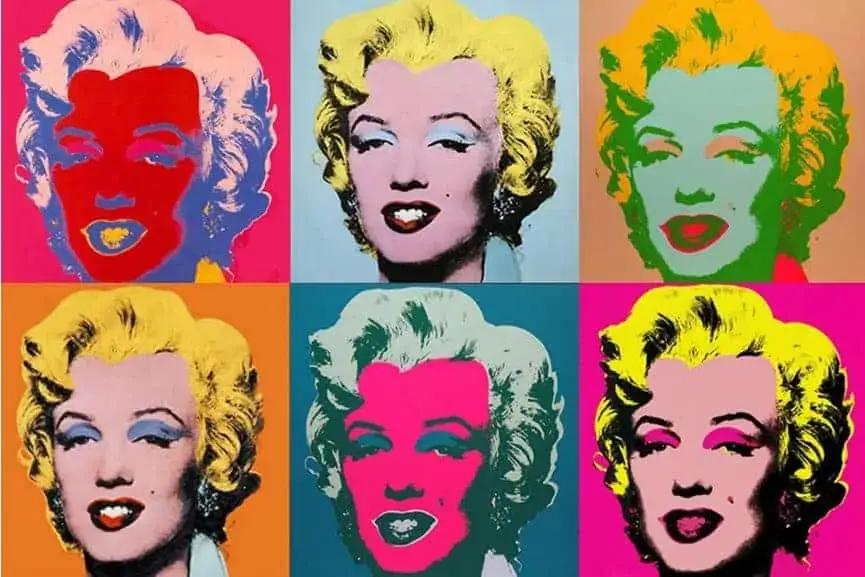Uncovering the Untold Story of Coca-Cola Advertising: A Legendary Journey Through Time
- Feb 24
- 4 min read
The journey of Coca-Cola advertising is striking. What began as a simple beverage in the late 19th century has transformed into one of the most recognized brands globally. The evolution of Coca-Cola's marketing strategies showcases creativity, innovation, and cultural significance. Let’s explore the milestones and moments that made Coca-Cola's advertising legendary.
The Origins: Birth of a Beverage
Coca-Cola was invented in 1886 by Dr. John S. Pemberton, a pharmacist in Atlanta, Georgia. Initially marketed as a medicinal tonic, it quickly gained popularity. However, it was not until the advertising efforts began in earnest that Coca-Cola’s rise to global icon status truly started.
In its early days, Coca-Cola focused on print advertising. A notable tactic was the distribution of thousands of promotional booklets. These booklets featured recipes and engaging stories about the beverage, which not only attracted attention but also fostered a connection between consumers and Coca-Cola. For example, in 1893, Coca-Cola leveraged a booklet titled "The Coca-Cola Book of Recipes," which included over 50 different ways to enjoy the drink, generating both excitement and curiosity.

The Rise of the Logo and Jingle
By the turn of the century, Coca-Cola’s advertising gained momentum with the introduction of its iconic logo. The Spencerian script became widely recognized, establishing a brand aesthetic that remains influential today. The marketing also featured illustrations portraying carefree enjoyment, which connected the beverage to positive experiences.

In 1929, the world was introduced to the famous jingle "Holidays are coming." This catchy tune successfully linked Coca-Cola with joyful moments, particularly during the festive season. Research indicated that following the launch of this ad, Coca-Cola's sales during the holidays increased by over 20% within just two years, showcasing the power of effective advertising.

Embracing Innovation: The Advent of Radio and Television
As radio emerged in the 1930s, Coca-Cola adapted by creating catchy radio jingles that reached households across America. Families gathered around their radios, eagerly tuning in to hear the joyful tunes celebrating Coca-Cola's uplifting nature. The “Have a Coke and a Smile” jingle from 1971 served to reinforce the message of community and happiness associated with the beverage.
The mid-20th century marked Coca-Cola's significant presence on television. The "Things Go Better with Coca-Cola" campaign from the 1960s positioned the drink not just as a beverage but as part of life’s joyful moments. This campaign played a crucial role in increasing television advertising expenditure, with Coca-Cola leading the market by spending over $27 million in 1966 alone.

A Cultural Icon: Coca-Cola’s Global Campaigns
As Coca-Cola expanded internationally, it tailored its advertising to resonate with various cultures. One unforgettable campaign was the 1971 “I’d Like to Buy the World a Coke” ad, which featured people from around the globe coming together, sharing Coca-Cola as a symbol of peace. During a time of social uncertainty, this ad sent a strong message of unity and hope, garnering 1.2 million views on television within the first week.

In the 1990s, Coca-Cola introduced their polar bear advertisements. The charming animated polar bears enjoying Coca-Cola during winter festivities solidified the brand's image as fun, friendly, and globally appealing. This campaign resulted in a 15% increase in brand favorability among younger audiences when it first aired.
Coca-Cola and Celebrity Endorsements
Coca-Cola's use of celebrity endorsements has repeatedly enhanced its relatability. From the early 1900s' association with Santa Claus to modern pop icons like Taylor Swift and Selena Gomez, Coca-Cola understands the impact of linking its product to influential figures. In 2021, a campaign featuring BTS helped Coca-Cola reach over 2.5 billion impressions on social media, demonstrating the power of celebrity influence.
These star-studded campaigns not only maintain Coca-Cola's relevance but also encourage consumers to see it as part of life, often alongside joyful and memorable moments.

Sustainability and Social Responsibility in Advertising
In recent years, Coca-Cola has adopted a strategy centered on sustainability and social responsibility. The brand’s messaging increasingly emphasizes environmental awareness and community involvement—reflecting its commitment to societal needs.
Coca-Cola's campaigns now spotlight initiatives aimed at cutting down plastic waste and promoting recycling. For example, their "World Without Waste" campaign aims to collect and recycle a bottle or can for each one sold by 2030, a goal that aligns with the values of today’s socially conscious consumers. Engaging with these causes has helped Coke remain innovative, relevant, and compelling.
The Legacy Continues
The remarkable history of Coca-Cola advertising is a testament to creativity and adaptability. From its humble origins as a tonic to its status as a cultural phenomenon, Coca-Cola has woven its narrative through innovative marketing strategies that reflect society's changing landscape.
As we look ahead, Coca-Cola’s advertising journey is far from over. With a solid commitment to sustainability and connection, this iconic brand will continue to evolve and inspire future generations. The next chapter promises to be as exciting as the last, proving that Coca-Cola holds a special place in people’s hearts around the world.
From print to jingles, cultural campaigns to celebrity endorsements, Coca-Cola’s legendary advertising journey through time is a story that thrives, continuing with every refreshing sip.
EXPLORE MORE HISTORY >>> https://www.coca-colacompany.com/content/dam/company/us/en/about-us/history/coca-cola-a-short-history-125-years-booklet.pdf





Comments